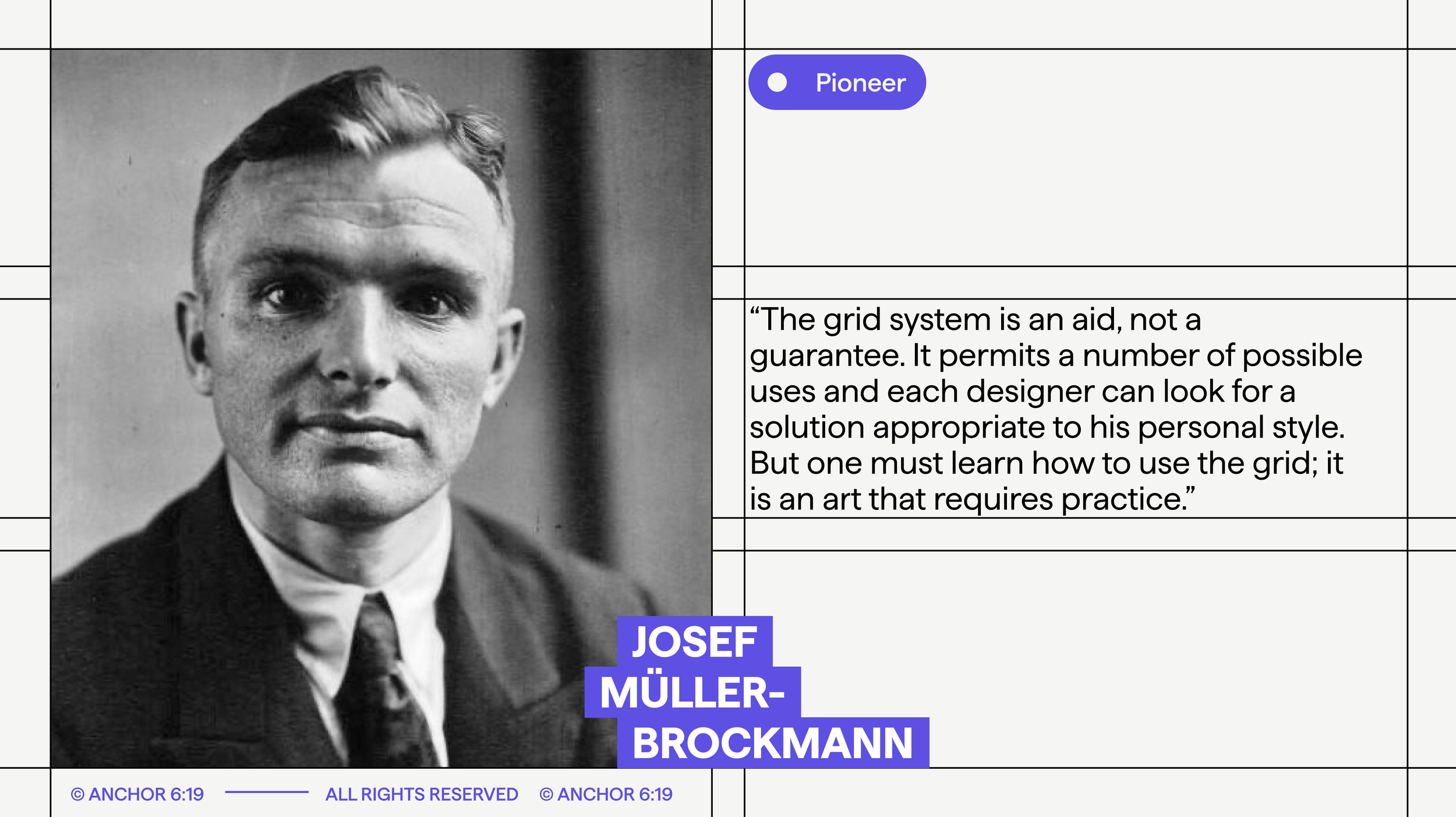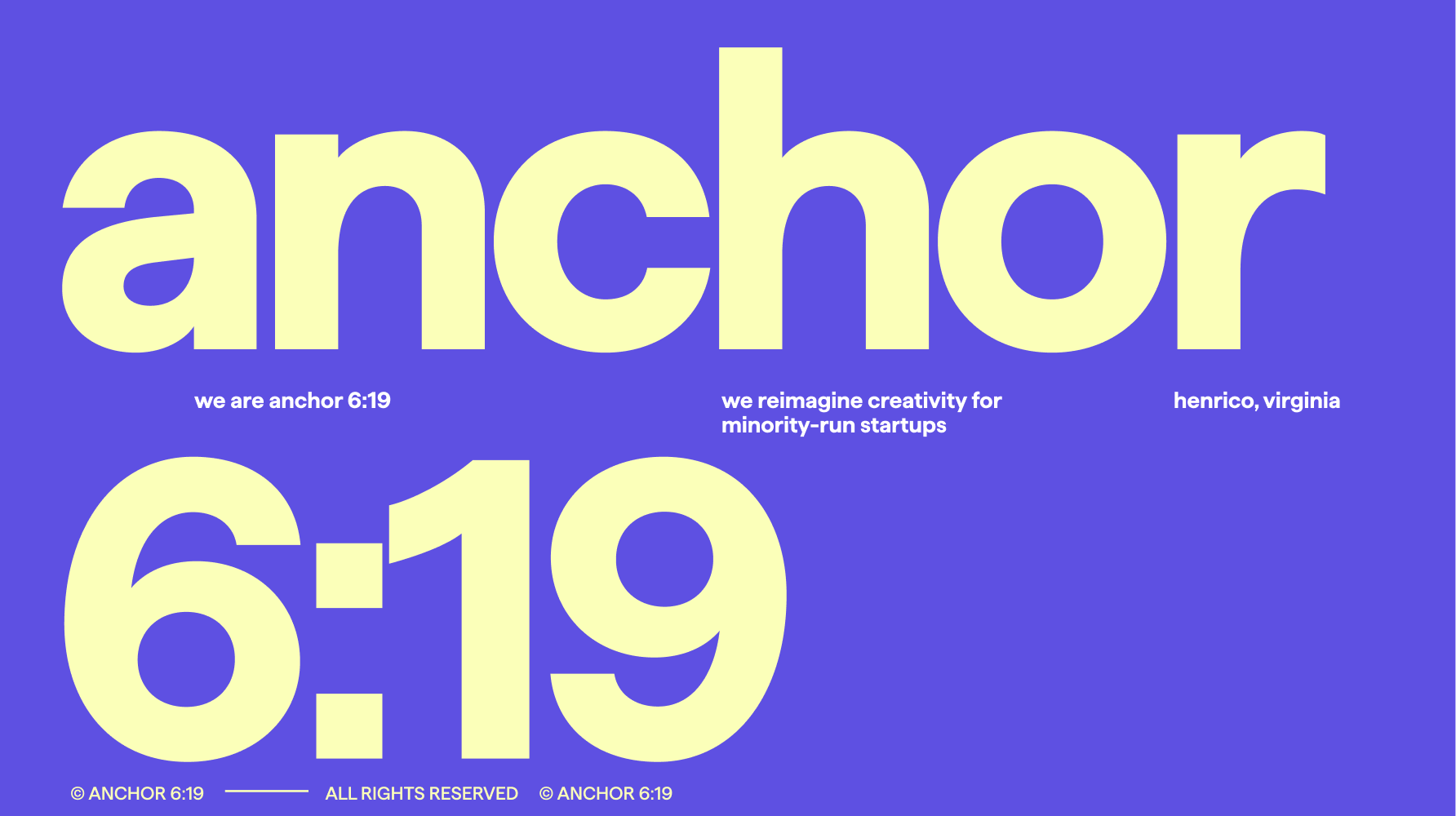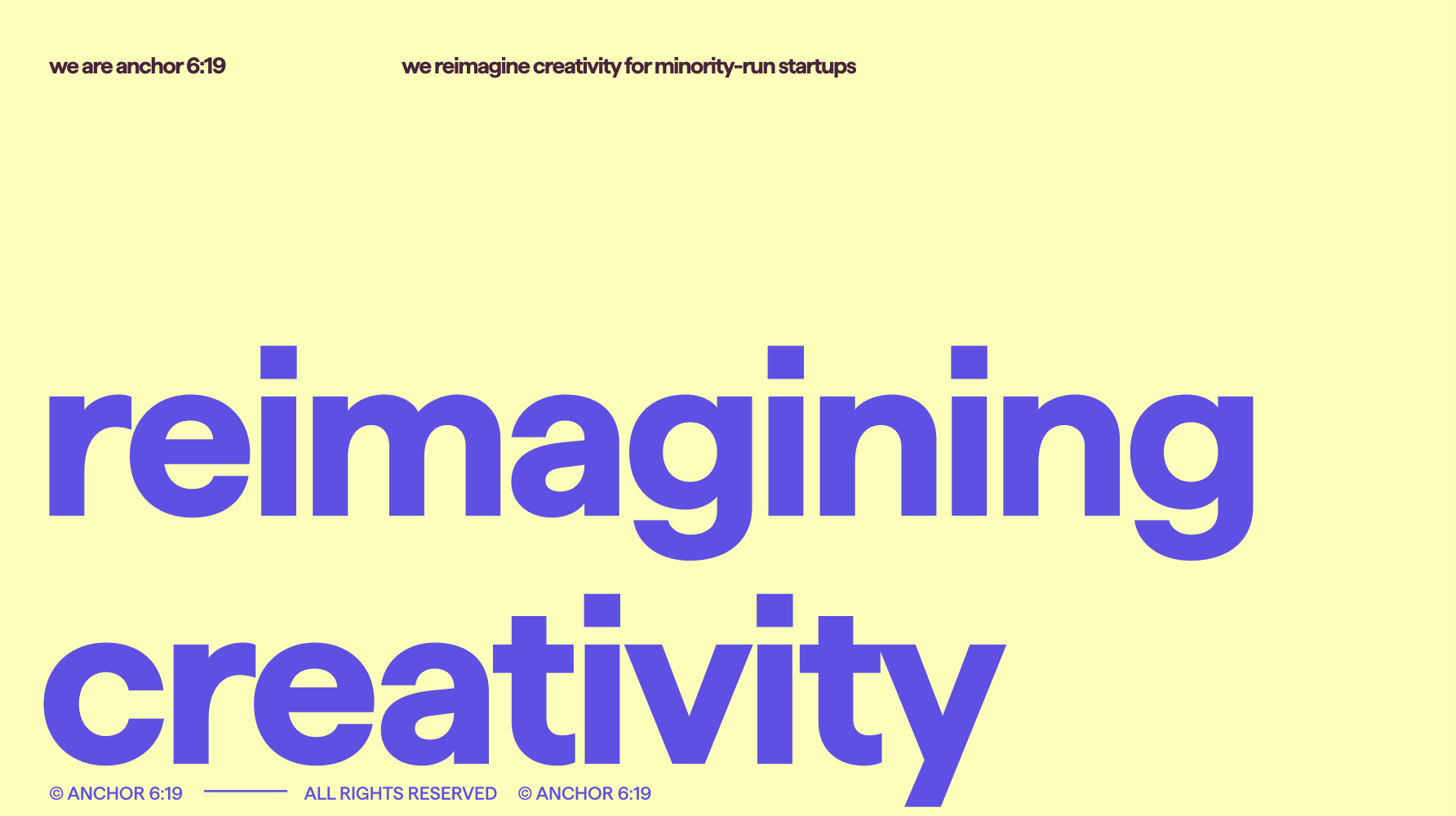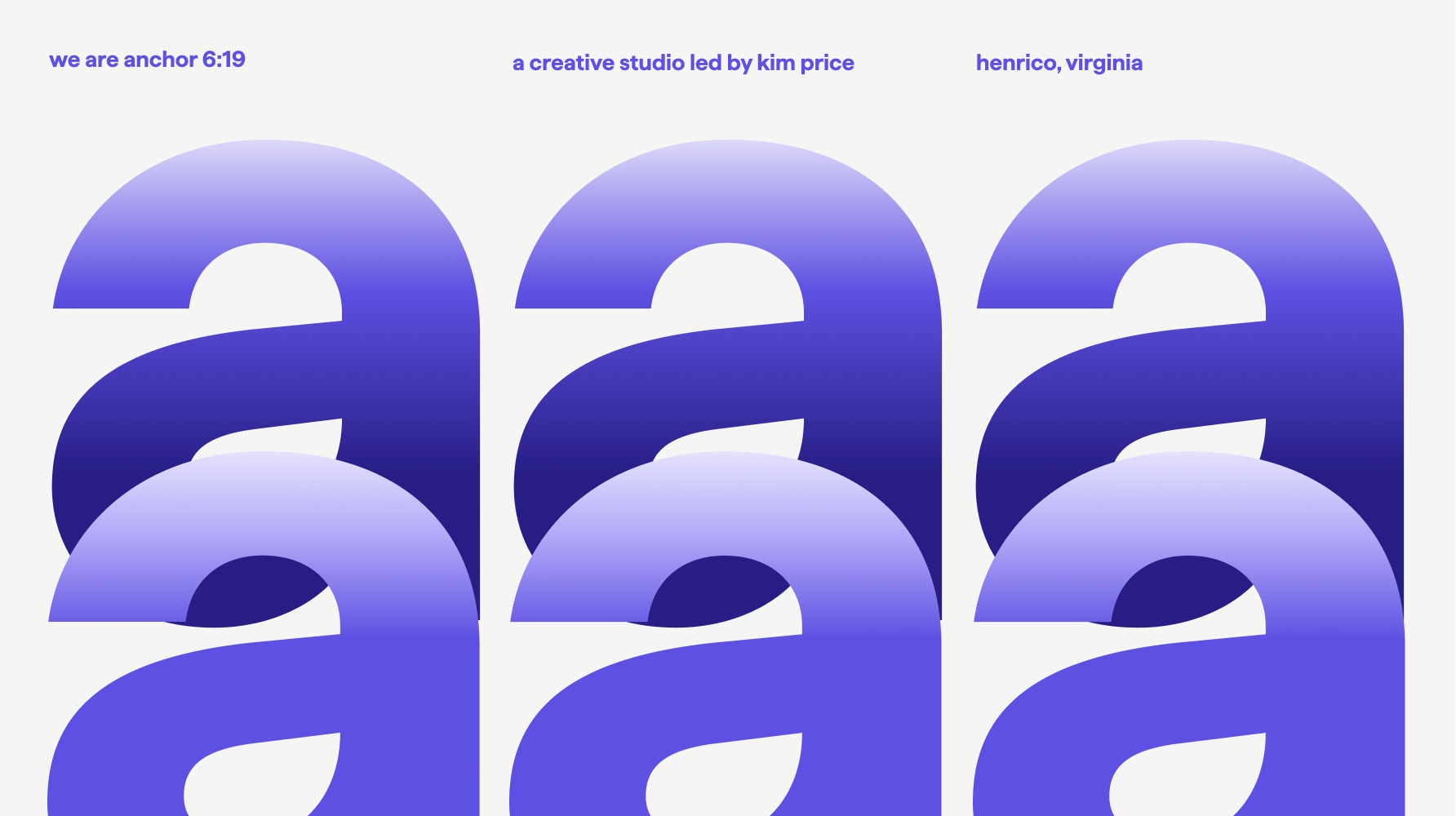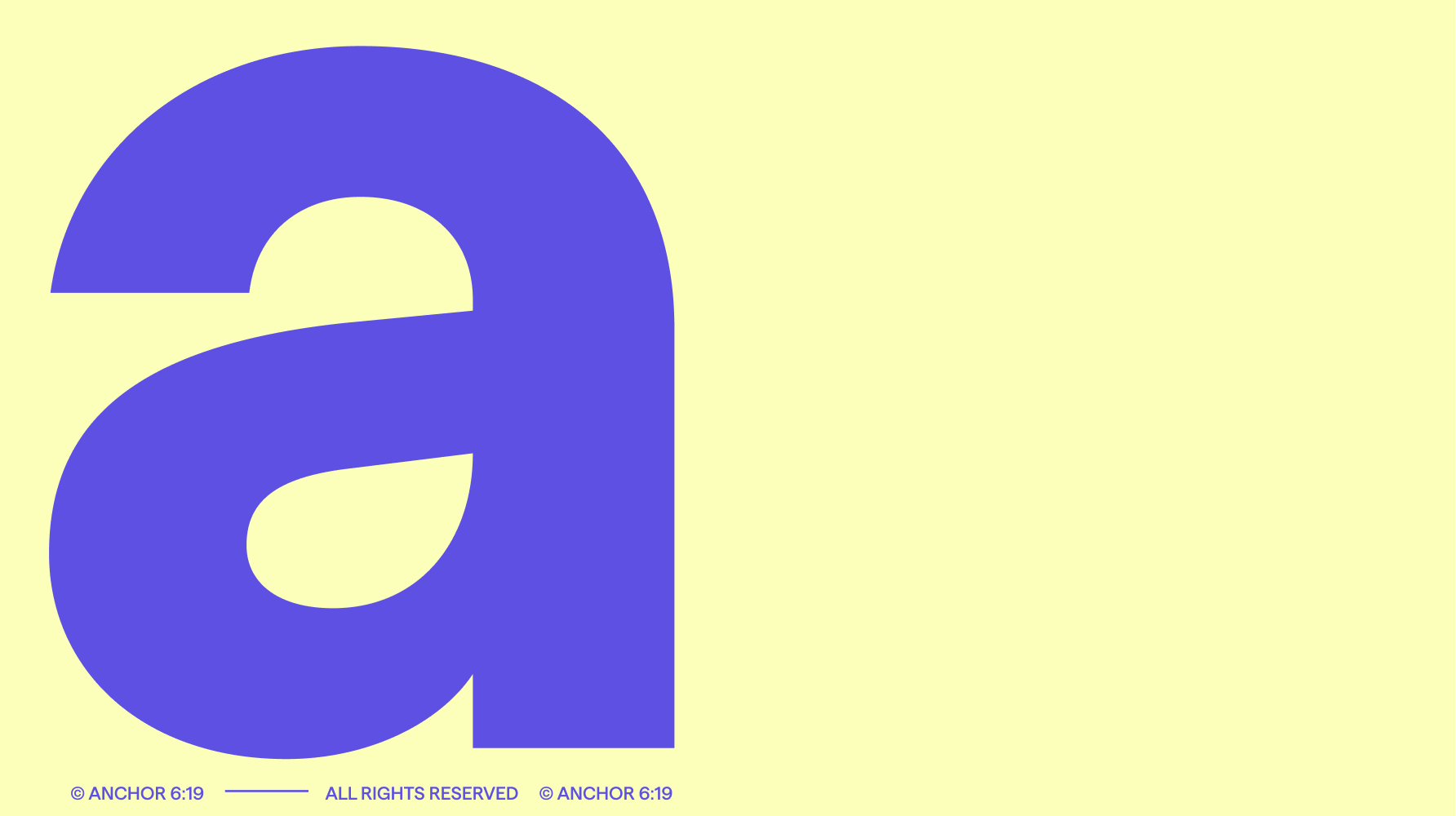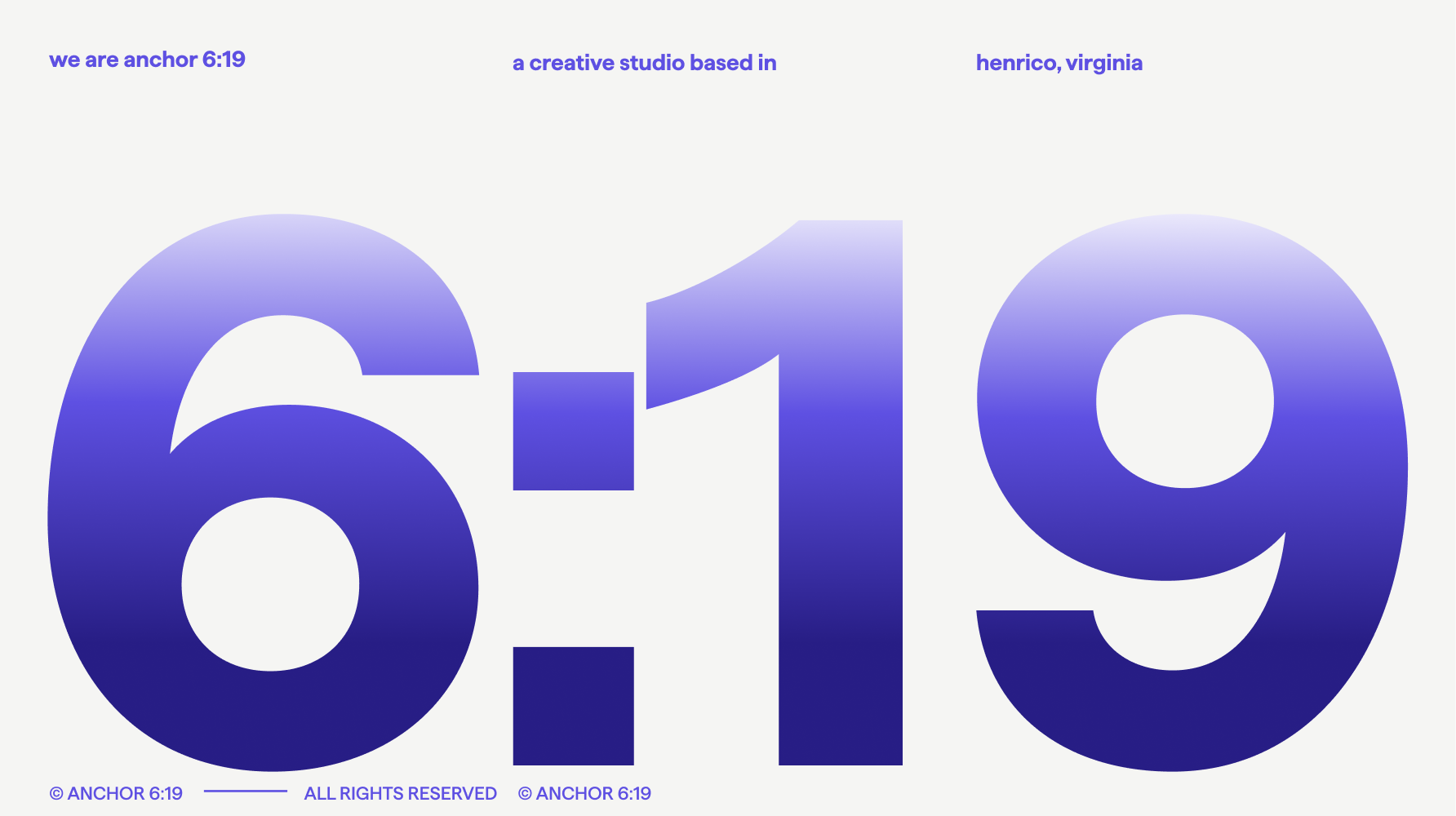Swiss Design & the Structural Elegance
Graphic design communicates ideas, emotions, and messages through visual elements. In the vast landscape of design styles, one stands out for its clarity, precision, and timeless appeal: Swiss design. Originating in Switzerland during the 1950s, this style has become renowned for its structural elegance and enduring influence on the global design community.
A Brief History of Swiss Design
Swiss Design emerged in the aftermath of World War II when Switzerland was undergoing an economic and cultural transformation. The movement was a reaction against the ornate and cluttered design trends prevalent at the time, aiming for a more organized and systematic approach. Key pioneers like Josef Müller-Brockmann, Armin Hofmann, and Emil Ruder were at the forefront of this movement, reshaping the design landscape.
The Principles of Swiss Design
At the core of Swiss Design lies a set of guiding principles that contribute to its structural elegance:
Clean Typography
Typography is a fundamental aspect of Swiss Design. Sans-serif typefaces, like Helvetica and Univers, became iconic representations of the style. The emphasis on legible, clean, and well-structured type was a departure from the ornamental fonts of the past.
Grid Systems
Grids are the backbone of Swiss design, providing a systematic and organized framework for arranging content. Grids create visual harmony, balance, and consistency, making the design appear cohesive and polished.
Asymmetric Layouts
Swiss Design often features asymmetrical layouts, which challenge traditional design conventions and add a dynamic, modern feel to compositions.
Visual Hierarchy
The hierarchy is essential in guiding the viewer's eye through the design in a logical manner. By carefully controlling elements like size, color, and placement, Swiss designers direct the audience's attention effectively.
Minimalism
The "less is more" philosophy is evident in Swiss Design. By eliminating unnecessary elements and distractions, the design achieves a sense of clarity and simplicity.


